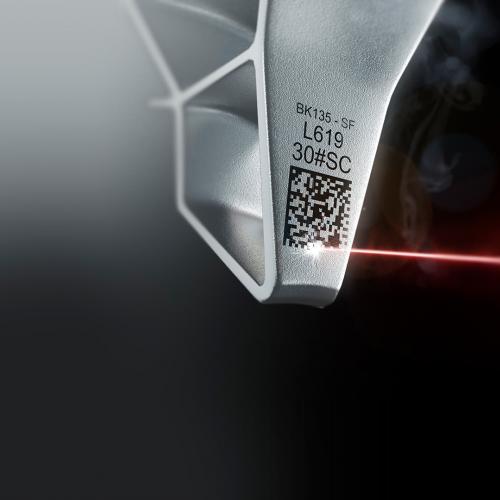For a long period of time manual engraving machines (also known as pantograph engraving machines) were the only type of engraving equipment available in the market. Then computerized rotary engraving machines arrived on the scene, and we were introduced to a whole new era in engraving. The computerized system drastically reduced the time and labor involved in engraving a job. Most recently, we have seen the introduction of laser engraving machines, which simplified the engraving process even further. Instead of using engraving cutters, the laser used a beam of light to mark materials. The technology was nothing short of amazing, and it's a technology that we are proud to harness and provide to our customers.
That being said, there are many businesses who still rely on older methods of engraving. Whether it's just that they're used to what they know, or they are unaware of the newer technology available to them, in this blog we aim to shed some light on laser engraving and the reasons why it's something that you should invest in for your business.
So, what makes laser engraving better? Here's some reasons why:
1. The Devil is in the Detail
There is an increasing demand for more detailed and intricate engraving tasks, particularly in the gifts and jewellery sectors where customers often require images of elegant text engraved onto very small items. Mechanical engravers simply can't achieve this level of detail, whereas our N-Lase laser systems have no problem at all processing these tasks.
2. Lasers stand the test of time
Mechanical engravers typically fall victim to wear and tear pretty quickly, resulting in regular changes to parts and componenents over time. When manufacturing our N-Lase machines, we only use premium parts and components, ensuring that each of our customers can benefit from long-term, reliable performance within industrial environments. Additionally, there is no contact during the process between the surface and the laser, resulting in MTBF (Mean Time Before Failure) beyond 100,000 hours.
Enjoying this article? Make sure you don't miss any others:

3. A wider range of surfaces to mark
Laser engraving allows you to process a range of materials including glass, paper, textiles and more. On the other hand, mechanical engraving is not suitable for many materials: fine engraving or marking materials such as paper or leather are not possible. Mechanical engraving is also unsuitable for roughening the surface of acrylic.
4. No clamping required
For mechanical engraving, the workpiece must be clamped in place to avoid movement during processing. This has a negative impact on production times. The contactless processing of a laser machine removes the need for clamping or fixating the materials pre-processing. There are some instances when you may need to use a jig to fix an item in place, such as using one of our rotary attachments to mark a surface over 360°. Sound cool? It is - watch it here.
If you're interested in learning more about how an N-Lase laser system could bring added benefits to your manufacturing process, to your finished products for your customers, and to your bottom line, get in touch:
Call our sales team: +44(0)1948 660011
Email us: info@needhamlaser.com
Book a demo - either here at HQ or we can bring the N-Lase experience to you
Get a quote - need an idea of cost? We have a quick quotation tool to help



